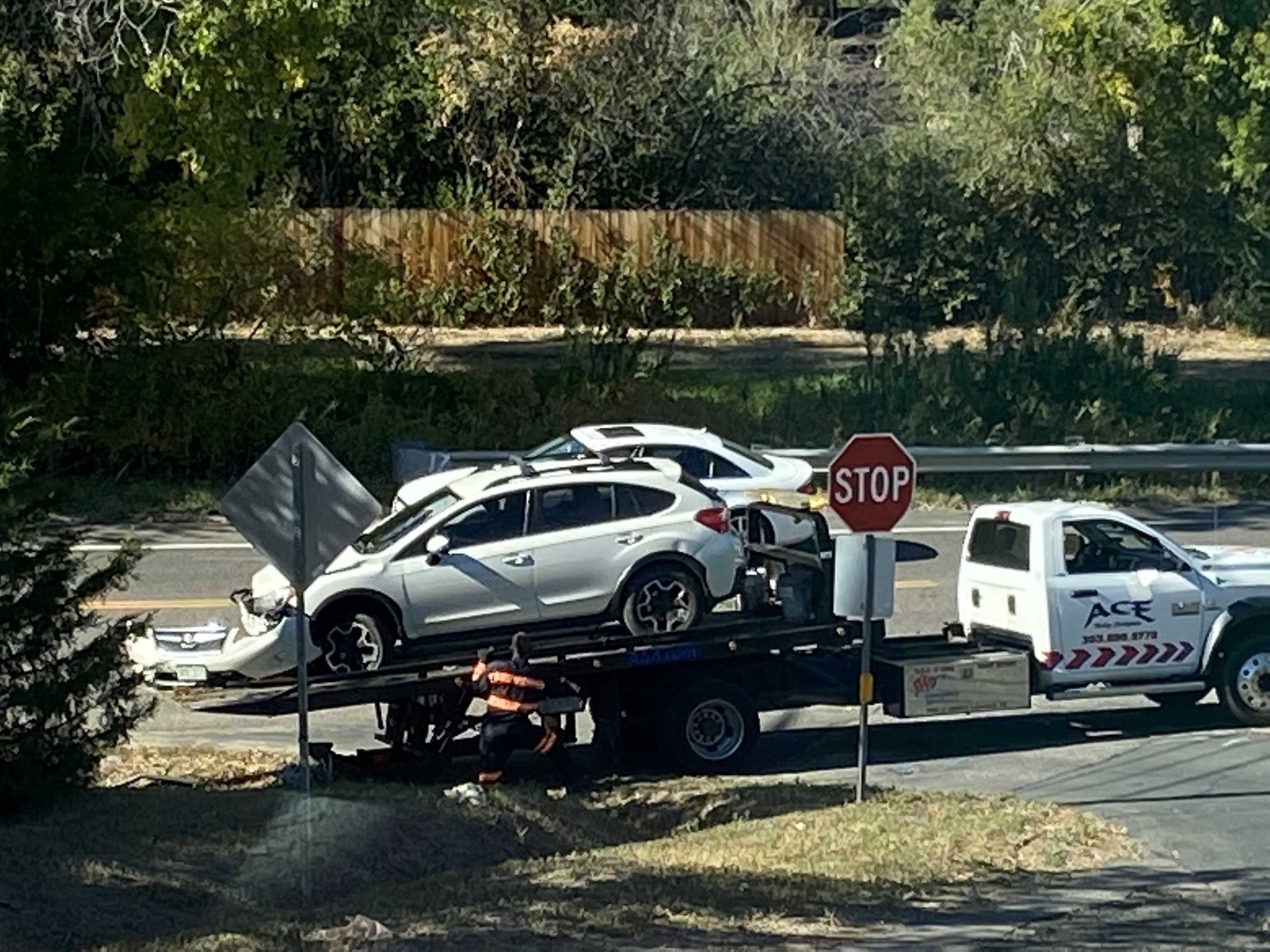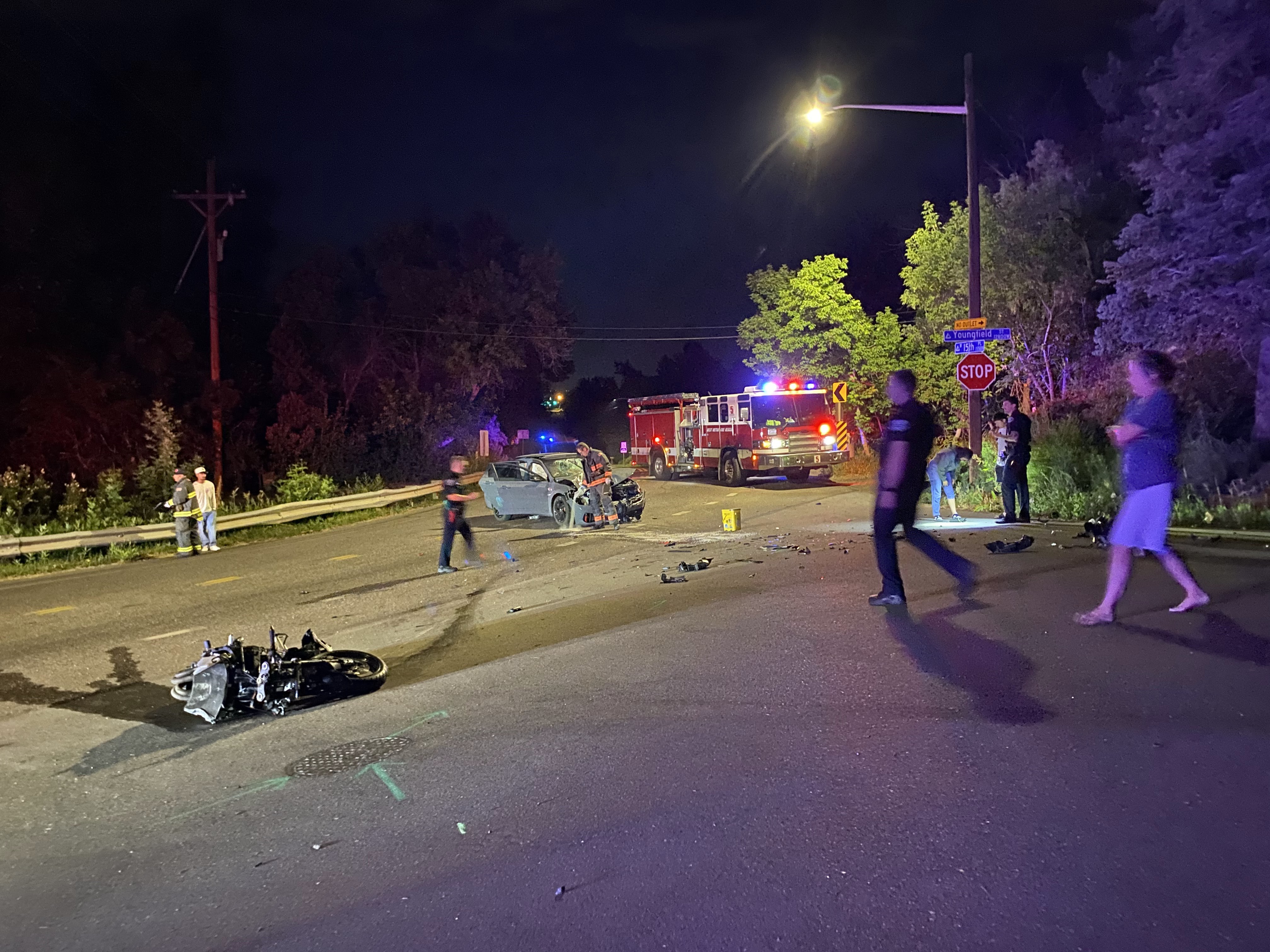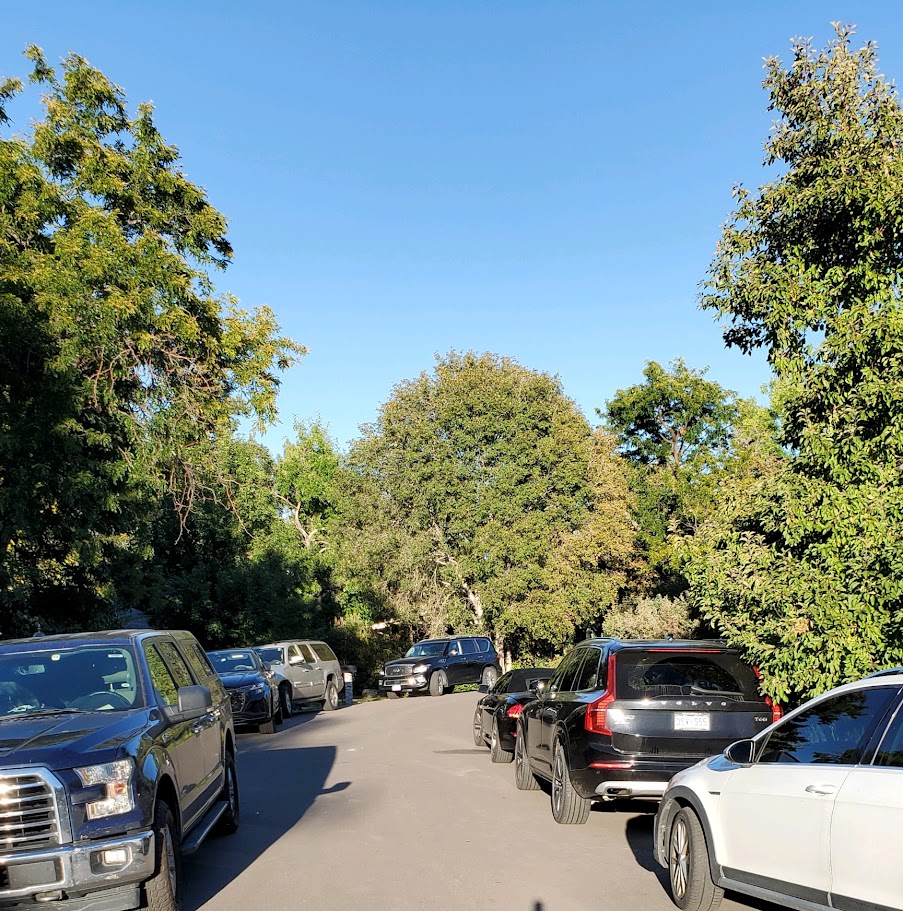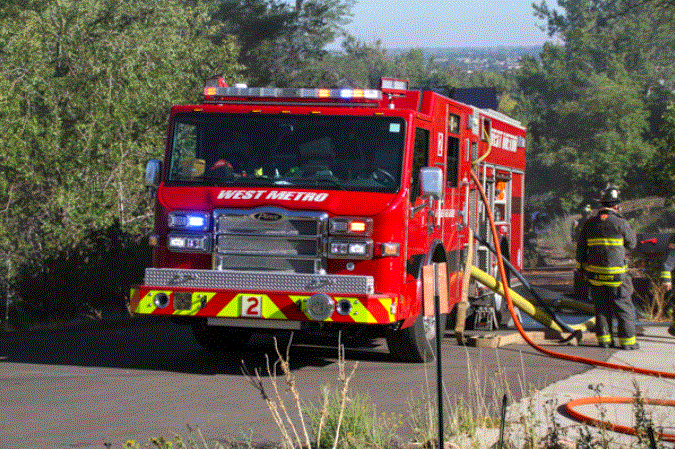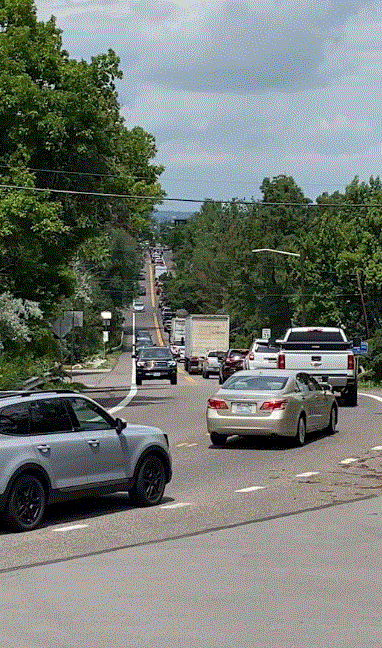The Lakewood Advisory Commission (LAC) has proposed changing its ethics rules to allow penalties for misinformation. This rule change is a result of information posted by the Lakewood Informer. As discussed in the public LAC meetings, this change would allow Commissioners to be removed from the LAC if they are found to have violated the new ethics rules.
Lakewood Informer publisher, Karen Morgan, is also a volunteer Commissioner on the Lakewood Advisory Commission. Morgan posted an article by guest author Bill Foshag titled “A Review of Lakewood’s Proposed “Beneficial Home Electrification and Upgrade Program”.
This piece was not authored by Morgan and made no claims to be from Morgan in an official capacity. It was published under the Lakewood Informer banner, which makes no claims to speak for Lakewood or the Lakewood Advisory Commission in any way. Note: This current article, authored by Morgan, also does not speak for Lakewood, the LAC or Morgan in any official capacity.
Nevertheless, Morgan was asked to censor the Foshag article by changing the content.
The Foshag article is a well written, thorough rebuttal of the information presented by the LAC in their report to the Lakewood City Council. Foshag presents clear facts and tells the side of the story not presented by the LAC. The LAC proposal makes several one-sided claims about climate change, the benefits of electrification through elimination of gas-powered appliances, and the need for government mandates and incentives.
The LAC proposal includes no balance and no drawbacks to their recommendations.
The Foshag article states:
“Traditionally, governing bodies have found it easier to regulate individuals, as corporations and larger organizations have lobbying groups and funding, and are better equipped to fight back and litigate if necessary.”
According to Morgan, LAC Commissioner Glenn Weadock asked Morgan to remove or alter this sentence because he felt Morgan should know it was not his intention or the intention of the LAC to go after single-family homeowners just because they are vulnerable.
Morgan refused.
It is true that there was no public discussion regarding single-family homeowners being easy targets. But the point is moot since Foshag’s post did not say “Glenn Weadock thinks….” Or “Lakewood thinks…”. The statement in and of itself is not untrue.
Moreover, the LAC proposal does, in fact, recommend targeting existing single-family homes (from pg 10, Recommendation 2):
“Expand to target existing single family homes without square footage restrictions, including benchmarking (baseline energy performance) and free comprehensive home energy audits. Audits can be revenue neutral to Lakewood with IRA/BIL grants.”
The proposal outlines the specific ways it would like Lakewood to affect residences: “Innovative beneficial electrification technology (such as heat pumps) and weatherization are best practices to reduce fossil fuel emission sources from homes under such future programs.”
The proposal goes so far as to cite examples of full gas elimination (from pg 5): “San Jose, CA, like numerous other cities, is outlawing natural gas into new single family homes through their Reach Codes.”
The LAC proposal is not unbiased research; it is a carefully curated set of facts to support an agenda. The agenda, in this case, appears to be to force existing and new single-family homes to eliminate or reduce gas powered appliances, reducing fossil fuel usage and reducing the energy choices for homeowners.
The Informer sentence “Traditionally, governing bodies have found it easier to regulate individuals…” is a fact that was called misinformation because it gave someone the wrong impression.
As a comparison, the LAC gives the impression that the actions presented in their proposal will reduce greenhouse gases, that the action is needed urgently, and that residents will suffer no performance loss when they write: “action to reduce greenhouse gasses must be undertaken urgently. Working to transition Lakewood homes to electricity will move the city in the right direction.”
All of their statement is debatable.
“Misinformation is incorrect or misleading information. Misinformation can exist without specific malicious intent; disinformation is distinct in that it is deliberately deceptive and propagated. Misinformation can include inaccurate, incomplete, misleading, or false information as well as selective or half-truths.” – Wikipedia
Karen Morgan, in her official role of Commissioner, is often the sole no-vote to LAC actions, always voting no for the same reason – because the report is incomplete without presenting the other side. Without full information, policy decisions are made that are regretted in the future.
There is not a clear line between misinformation and things people don’t want to hear. As one Lakewood resident said,
“Misinformation is true facts the government doesn’t want you to hear because it will change your perception of what you know is truth”
During the City Council discussion on reducing speed limits, Lakewood Police and Transportation departments did not concur with recommendations from the LAC that reducing speed limits would decrease accidents. Mayor Pro Tem Shahrezaei said she’d like to highlight the LAC research that did not include any dissenting information. Such an act shows how the LAC proposals are used to justify the actions specific people want to see, rather than unbiased research. As such, the entire green remodel proposal, or speed limit proposal, etc., could be deemed misinformation.
The LAC is scheduled to vote on the new code of ethics in the September meeting. The code is not available for review online. Although no hearing or appeal process is actually included in the proposed rules, Commissioners can be removed on the basis of a misinformation ethics violation.



